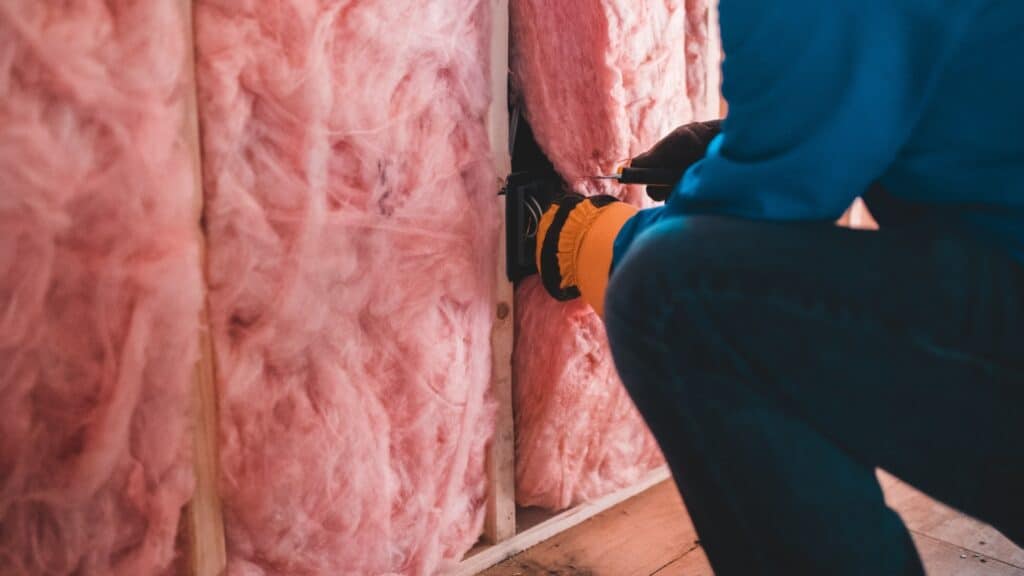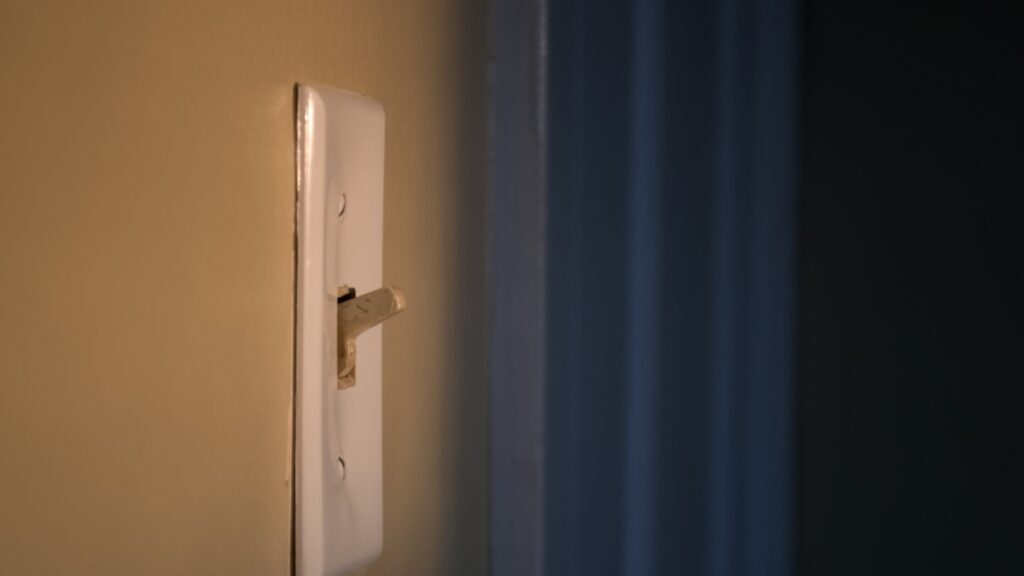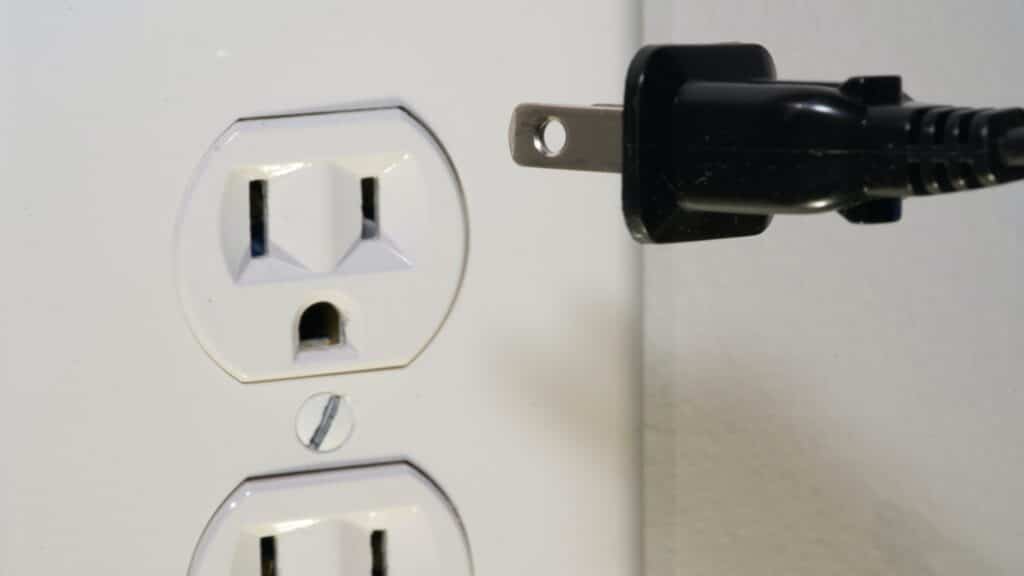Last Updated on September 7, 2023 by Pro Handyman Australia – Editorial Team
In today’s world, where the desire for both cost savings and environmental consciousness is rising, achieving optimal energy efficiency in our homes has become a top priority. Most of us know the benefits of reducing our carbon footprint and saving money on power bills. However, many people need help transforming their homes into energy-efficient havens. This comprehensive guide aims to bridge that knowledge gap by providing practical tips and strategies to make your home more energy efficient.
Why Energy Efficiency Matters
Energy efficiency holds two fundamental advantages: environmental benefits and financial savings. Let’s delve into these aspects to understand why energy efficiency is crucial.

Environmental Benefits
Most of our country’s greenhouse gas emissions are produced by burning fossil fuels for energy generation. This alarming reality has fueled the urgency to reduce emissions and combat climate change. Energy efficiency directly addresses this issue by curbing the demand for fossil fuel-generated power. By adopting sustainable energy practices at home, you contribute to reducing greenhouse gas emissions, thereby promoting a healthier and more sustainable environment.
Financial Savings
Apart from the environmental advantages, energy efficiency offers substantial financial savings. With power costs consistently rising, homeowners only naturally seek ways to lower their energy bills. By adopting energy-efficient practices, households can save significant amounts of money each year. Studies suggest that energy-efficient homes can enjoy average annual savings ranging from $105 to $627 without requiring substantial additional effort. The potential for both environmental impact and financial gain makes energy efficiency an attractive proposition for any homeowner.
Understanding Your Energy Usage
To embark on your energy efficiency journey, it is essential first to comprehend which areas of your home consume the most power. By identifying the major power drains, you can focus on optimizing those areas for maximum efficiency. According to ENERGY STAR, the leading culprits for high energy consumption in homes are heating and cooling, which account for approximately 42% of the energy bill. Electronics, such as TVs and computers, contribute up to 21%, while water heating, appliances, and lighting each comprise 12-13%.
Optimizing Heating and Cooling Efficiency
Heating and cooling are critical areas where you can significantly improve energy efficiency. These systems often consume the most power in a home, making them prime targets for optimization. Let’s explore some practical strategies to enhance the energy efficiency of your heating and cooling systems.
Upgrade to Energy-Efficient Systems
Consider an upgrade if your heating or cooling system is over a decade old. Older systems tend to be less energy efficient and may result in unnecessary power consumption. When choosing a new system, look for the ENERGY STAR label. ENERGY STAR-certified air conditioners and heaters have undergone rigorous testing to meet specific energy efficiency standards. Investing in an energy-efficient system will reduce your energy usage and result in long-term savings on your power bills.
Utilize Natural Ventilation
Harnessing natural ventilation can significantly reduce your reliance on mechanical cooling systems. During cooler evenings or mornings, open windows strategically to allow fresh air to circulate throughout your home. This natural airflow can provide a refreshing cooling effect, minimizing the need for air conditioning.
Proper Insulation and Sealing
An adequately insulated and sealed home is crucial for maintaining optimal energy efficiency. Insulate your home’s walls, ceilings, and floors to prevent heat loss during colder months and reduce heat gain during hotter months. Additionally, seal any air leaks around windows, doors, and vents to minimize energy wastage and improve the overall efficiency of your heating and cooling systems.

Additional Strategies for Energy Efficiency
While heating and cooling are significant contributors to energy consumption, there are other areas in your home where energy efficiency can be improved. Let’s explore some additional strategies to enhance energy efficiency throughout your household.
Eliminate Energy Vampires
Even when your appliances and electronics are unused, they can still consume power as “energy vampires.” To combat this, unplug devices such as microwaves, desktop computers, and TVs when they are not actively used. You can save energy and money over time by eliminating standby power usage.
Switch to LED Lighting
Transitioning from traditional incandescent bulbs to LED lighting is a simple yet impactful step toward energy efficiency. LED bulbs consume significantly less power than incandescent bulbs and have a longer lifespan. Although the upfront cost may be slightly higher, the long-term savings on your energy bills make LED lighting a worthwhile investment.
Wash Clothes Responsibly
When doing laundry, opt for cold or warm water settings whenever possible. Heating water accounts for a significant portion of energy usage during laundry cycles. By switching to colder or warmer settings, you can reduce energy consumption by up to 50%. Additionally, consider air-drying your clothes instead of relying solely on electric dryers to conserve energy further.
Conserve Water and Heat
Reducing hot water usage is an effective way to enhance energy efficiency in your home. Install low-flow showerheads to minimize water wastage, and aim to limit showers to under three minutes. If feasible, replace old water heaters with energy-efficient models to optimize water heating efficiency.
Choose ENERGY STAR Products
When purchasing new appliances, look for the ENERGY STAR label. ENERGY STAR-certified products, such as refrigerators, washers, dryers, and heat pumps, meet stringent energy efficiency criteria. By selecting these products, you can minimize energy consumption without compromising performance.
Replace Old Appliances
Outdated appliances tend to be less energy efficient compared to their modern counterparts. Consider replacing your appliances with newer, energy-efficient models if your appliances are several decades old. Should any appliances require repair or replacement, an AHS Home Warranty can help alleviate the financial burden.
Minimize Power Wastage
Make a habit of conserving power by turning off lights and electronic devices when not in use. Avoid leaving appliances on standby mode and be mindful of unnecessary power consumption. Small changes like reducing refrigerator temperature slightly can contribute to significant energy savings over time.

Adopt Energy-Smart Cooking Habits
Kitchen appliances, such as ovens and cooktops, are major energy consumers. Maximize energy efficiency by keeping oven doors closed while cooking to prevent heat loss. Whenever possible, utilize microwave ovens instead of traditional ovens for reheating, as microwaves consume less energy. Crock-pots are also an energy-efficient alternative for slow cooking.
By implementing these energy-efficient practices and making conscious choices throughout your home, you can achieve optimal energy efficiency, reduce your carbon footprint, and save money on your power bills. Embracing energy efficiency is a win-win situation that
Comprehensive Guide to Energy Conservation
As the chill of winter arrives, the struggle to balance the household budget rises with the increased use of heating systems. Although it may seem inevitable, we assure you that numerous effective strategies can significantly lower your energy bills in winter.
Weather-strip Your Doors and Windows
The first line of defense against the cold is to make your home as airtight as possible. Weatherstripping your doors and windows can effectively seal potential drafts and prevent heat loss. Door sweeps and draft stoppers also contribute to an insulated home, ensuring your heating system functions more efficiently.
Upgrade to a Smart Thermostat
The advent of smart thermostats has revolutionized energy management in homes. You can enjoy significant savings without sacrificing comfort by programming your thermostat to decrease the heat during your absence or sleep. It’s an intelligent way to save electricity during winter.
Proper Use of Fireplaces
A cozy fireplace does more than warm your home; it can also contribute to your winter energy conservation strategy. You ensure that the damper is closed when not in use, preventing heat from escaping. Moreover, transitioning from wood-burning to gas and installing an energy-efficient glass screen can minimize energy use.
Conduct an Annual Heating System Check-up
Ensure the efficiency of your heating system with an annual check-up. This preemptive measure increases your system’s lifespan and prevents unforeseen breakdowns. An efficient heating system reduces your energy bills during winter by functioning at its optimal capacity.
Keep Air Vents Clear
Blocking air vents with furniture or drapes can increase your heating system’s workload. Ensure good circulation and optimum system function by keeping vents clear. If furniture cannot be moved, inexpensive vent extenders can reroute air into the room.
Reinforce Your Home Insulation
Improving insulation is an economical and effective way to conserve energy during winter. Attics and walls, particularly around electrical outlets and utility entrances, often need attention. Enhancing insulation not only retains heat but also protects plumbing from freezing.
Insulate Your Pipes
Hot water pipes can lose a significant amount of heat, depending on the length of their journey. Insulating these pipes can increase the water temperature by 2°F–4°F and reduce the wait time for hot water, thus conserving energy.
Unplug Idle Electronics
Electronic devices, especially remote-controlled ones, continue to draw power even when switched off. Only plugging these devices can contribute to your winter energy conservation strategy when not in use.

Stay Cozy with Warm Clothing
Lowering the thermostat by a few degrees can yield substantial savings on your heating bill. If the lowered temperature makes you uncomfortable, do an extra layer of clothing rather than increasing the heat.
Deploy Rugs on Hard Floors
Floor rugs can provide extra insulation, preventing heat loss through hard floors. Rugs can also serve as wall hangings, providing additional insulation and aesthetic appeal.
Manage Your Window Coverings
Intelligently managing your window coverings can significantly affect your energy consumption. Open your drapes during the day to allow natural sunlight to heat your home, and close them at night to retain warmth and prevent drafts.
This graph illustrates the various strategies contributing to substantial winter energy savings. Each node represents a different strategy, contributing to the central goal: Winter Energy Savings.
Conclusion
Energy conservation is a multi-pronged approach that demands attention to various aspects of your home and lifestyle. Implementing these strategies can significantly reduce your winter energy bills, contributing to a sustainable and financially secure winter season…
